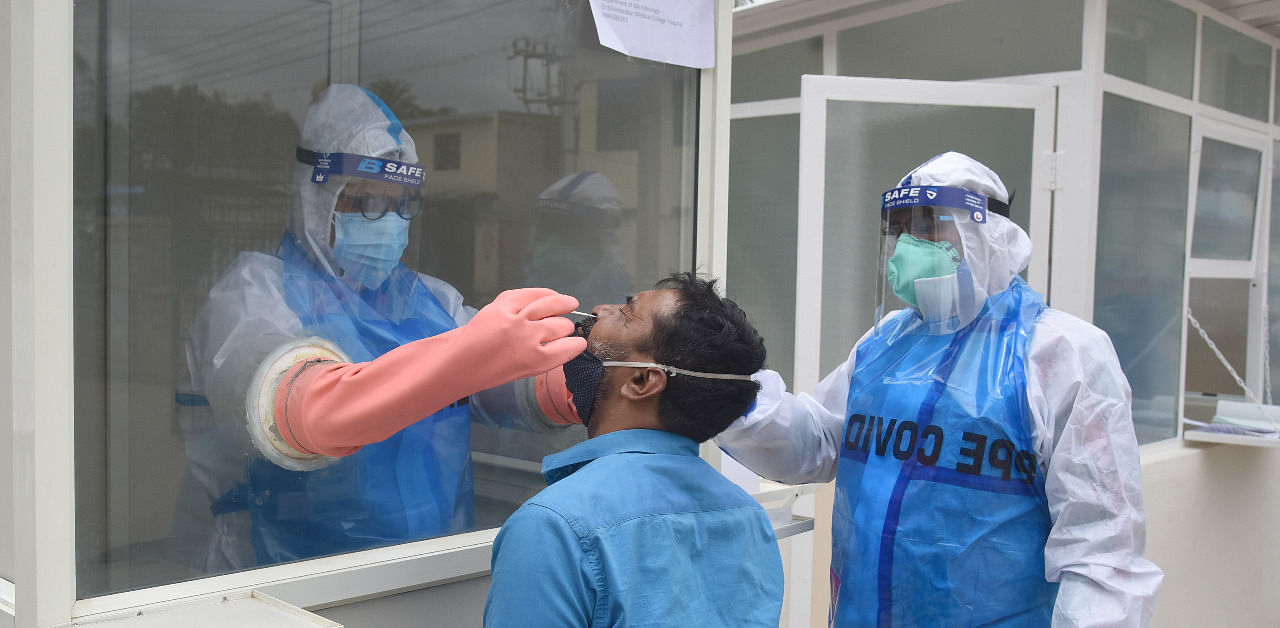
The government’s Covid-19 testing numbers are too low to track the current velocity of the virus spread, experts said.
In March, the state was conducting an average of only 80 tests per day. On Monday, it conducted an unprecedented 87,475 tests, according to data shared by Dr Shalini Rajneesh, IAS officer-in-charge of antigen testing. However, even this is not enough, experts said.
Follow live updates on the Covid-19 pandemic here
The reason? For one, the number of RT-PCR tests done on Monday was still 29% below the daily target of 1 lakh tests. In contrast, antigen testing was 113% of the target.
Secondly, the state’s Test Positivity Rate (TPR) continues to be high, said Sanjeev Mysore, convenor of the Jeevan Raksha project, a public-private partnership which is analyzing covid-19 trends across the country.
“When the test positivity rate of a state or a district falls consistently below 4% for eight weeks then it is an indicator of adequate testing. At this moment, neither India nor Karnataka is testing adequately. Therefore, the positivity rate has not budged for the last 5-6 weeks,” Sanjeev said.
Karnataka’s test positivity rate has averaged 13.98% for the last eight weeks, second only to Maharashtra. Worse, State Covid War Room data shows that nine districts are increasing their positivity rate. One of these is Bengaluru Urban whose positivity rate has climbed from 9.3% on September 1 to 13.8% on September 27.
Epidemiologist Dr Girdhar Babu said that the high positivity rate indicates that the testing strategy needs to be revisited.
In response, Bruhat Bengaluru Mahanagara Palike Commissioner N Manjunath Prasad said that the Palike is “aiming to carry out 40,000 tests per day from next week.” Currently, the civic body conducts an average of 26,000 tests per day.
Sudden deaths
State Covid War Room director Munish Moudgil described the ultimate objective of increased testing as being to reduce the number of deaths.
However, since September 1, out of the 2,865 deaths revealed in the state, 463 people (or 16%) succumbed on the same day of admission to the hospital, including 13 on September 28. “This indicates that the virus is spreading too fast and wider and being recognised too late. There is not much time for qualitative medical intervention,” Sanjeev said.
But what to make of the state’s falling number of deaths? Dr Babu attributed this to “better clinical management.” However, ICU bed usage is also rising. “Increasing ICU usage indicates that the infection has spread widely, affecting more vulnerable people,” he added. Sanjeev said that Karnataka missed a critical window of opportunity to ramp up Covid-19 testing at the end of June when its test positivity rate was only 3%.